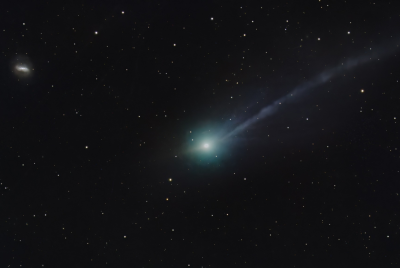Japan Resumes Tests On Its Experimental Maglev Train
Japan resumed high speed tests on its experimental magnetic levitation train, or maglev, on Thursday (August 29) for the first time in 2 years and after nearly doubling the length of the test tracks to 26.5 miles long.
Floating on powerful superconducting magnets, 3 inches above its track, the linear motor train rack top speeds of up to 360 miles per hour.
That would cut a 224 mile trip between Tokyo and Nagoya by one hour to about 40 minutes.
Due to open in 2027 at a cost of 5.1 trillion yen (£39 billion), the maglev rail will be extended again to the western Japanese city of Osaka by 2045.
Developer Central Japan Railway Company, known locally as JR Tokai, said the design of the train has been upgraded to enhance aerodynamics and cabin space from its previous version.
The super high-speed train will take JR Tokai as long as 30 years to recoup the cost of constructing a line between Tokyo and Nagoya.
The company, which already operates conventional high-speed rail services between the two cities, is pushing ahead with the maglev project even as a shrinking population and competition from new discount airlines erodes demand for rail travel.
Overseas, the company, as part of a Japanese consortium, is promoting the technology for a proposed route on the U.S. east coast connecting Washington and Boston.
Presented by Adam Justice






















